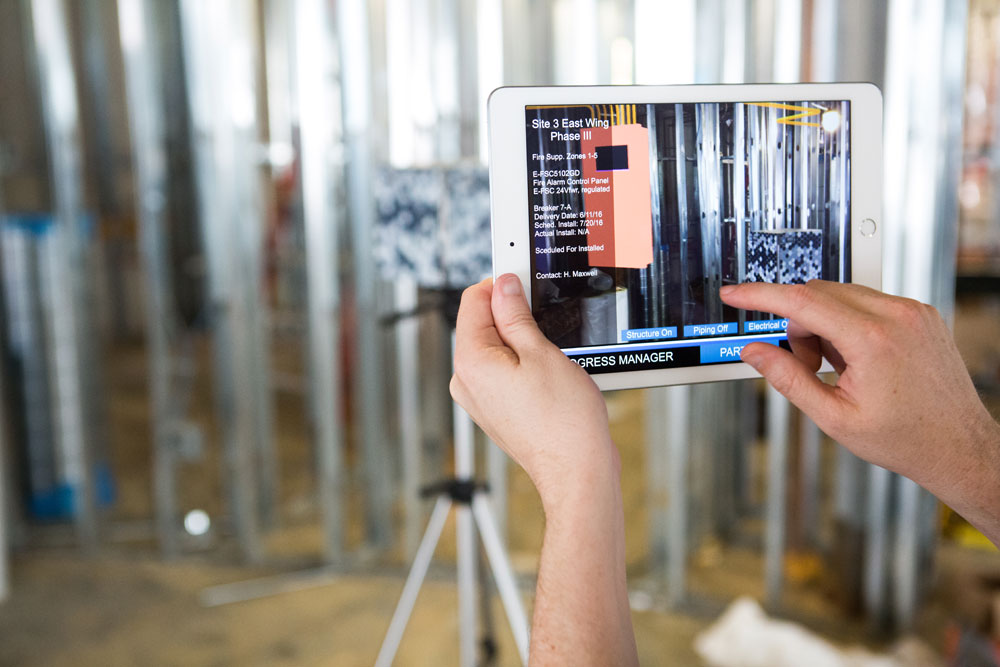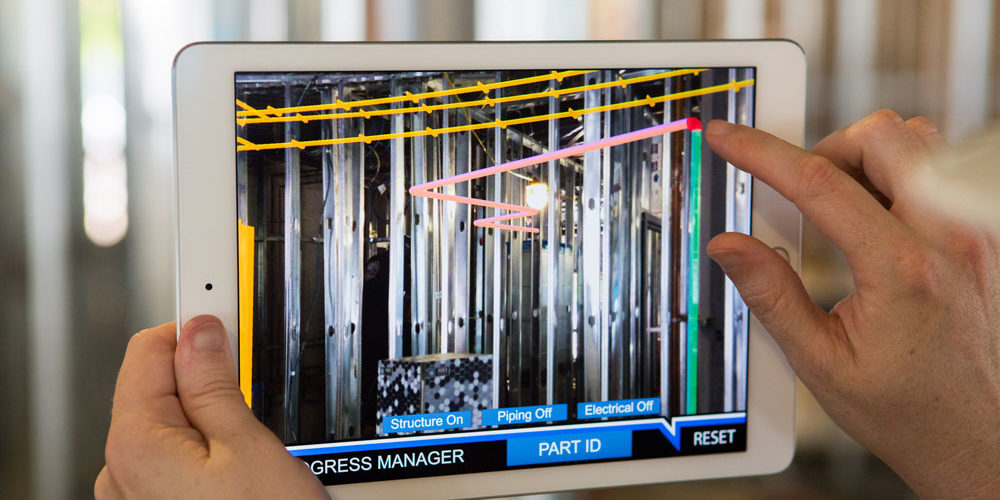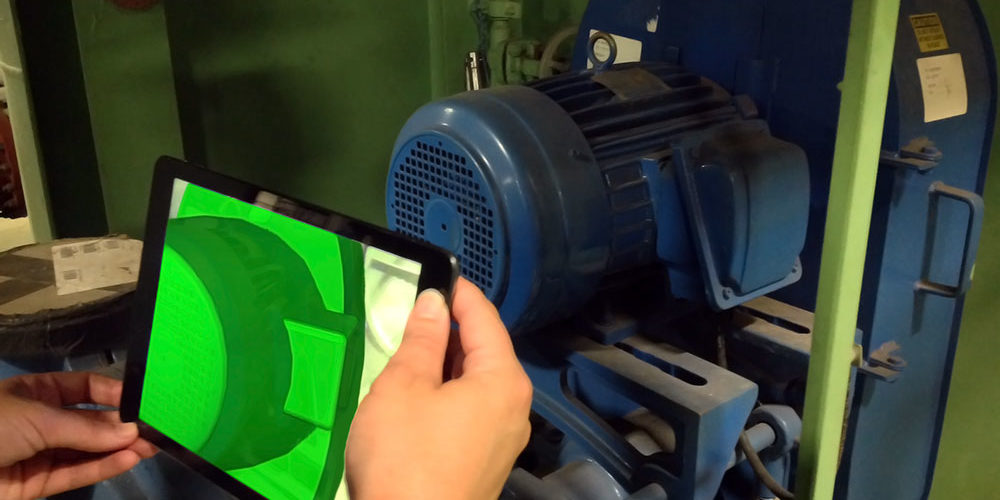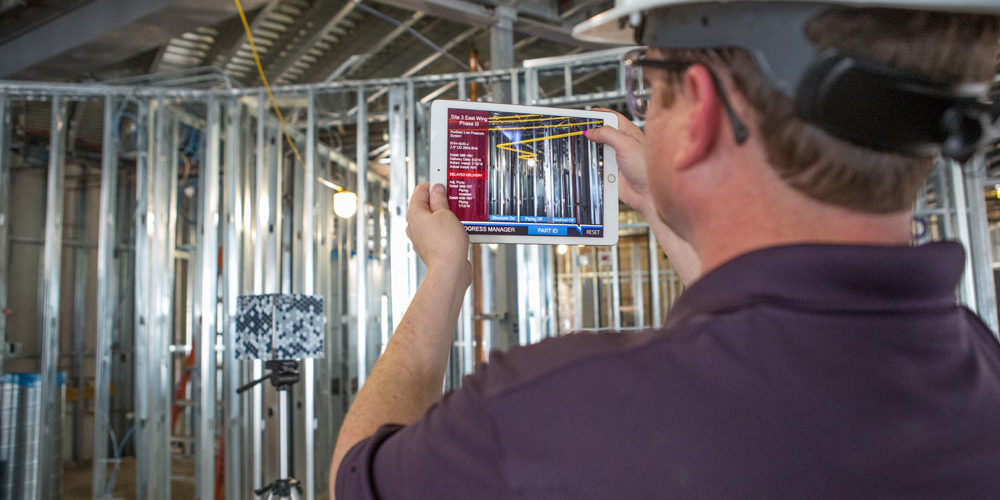An electrician holds a smartphone up to the wall, seeing the building’s electrical systems without having to punch a hole in the wall. Construction workers building a factory complete the job without blueprints or drawings; and carpenters frame a house sans measuring tape. New car owners see where every feature is and how it works without cracking open their operating manual.
In all of these cases, industrial workers augment themselves with smart phones and tablets, allowing them to see the information they need to perform their job overlaid precisely on their building, factory, house or car.
To augment is to make something greater by adding to it. These workers, in very real use cases, utilized augmented reality, which is the ability to overlay digital information on a physical space. In enterprise industries, that digital overlay of information is used to perform tasks, complete jobs and enhance people.
Augmented reality, once thought of synonymously with virtual reality despite key differences, grew popular from specialized use by gamers and the military. Today, as described above, augmented reality has moved to ubiquitous use by anyone with a smart device.
In industry – particularly in companies with large workforces – this technology has the potential to drive massive progress for employees, companies, job creation and national economies. That is because augmented reality is an investment by companies in people to make them more capable and productive.
It’s a revolution, in many ways.













